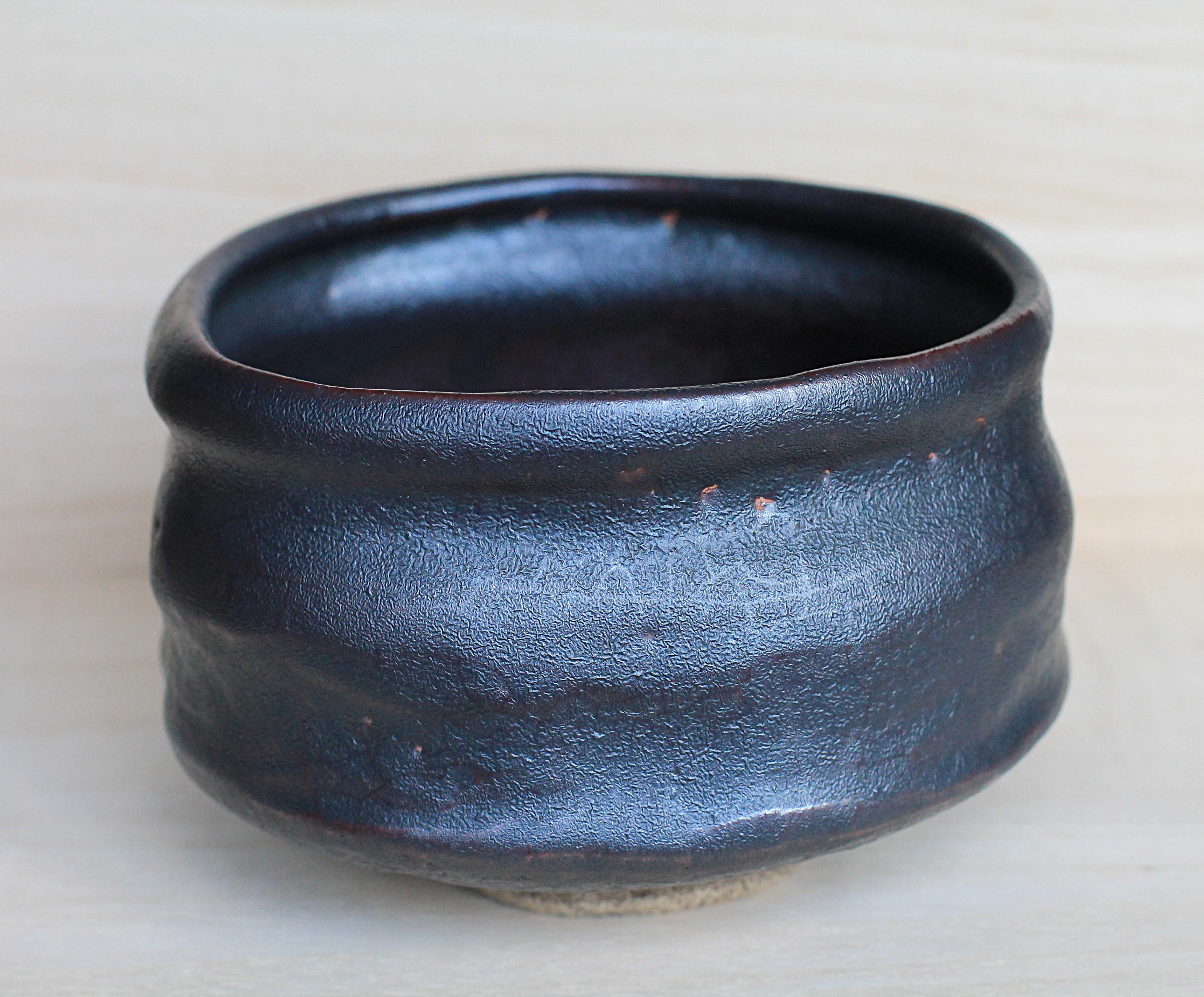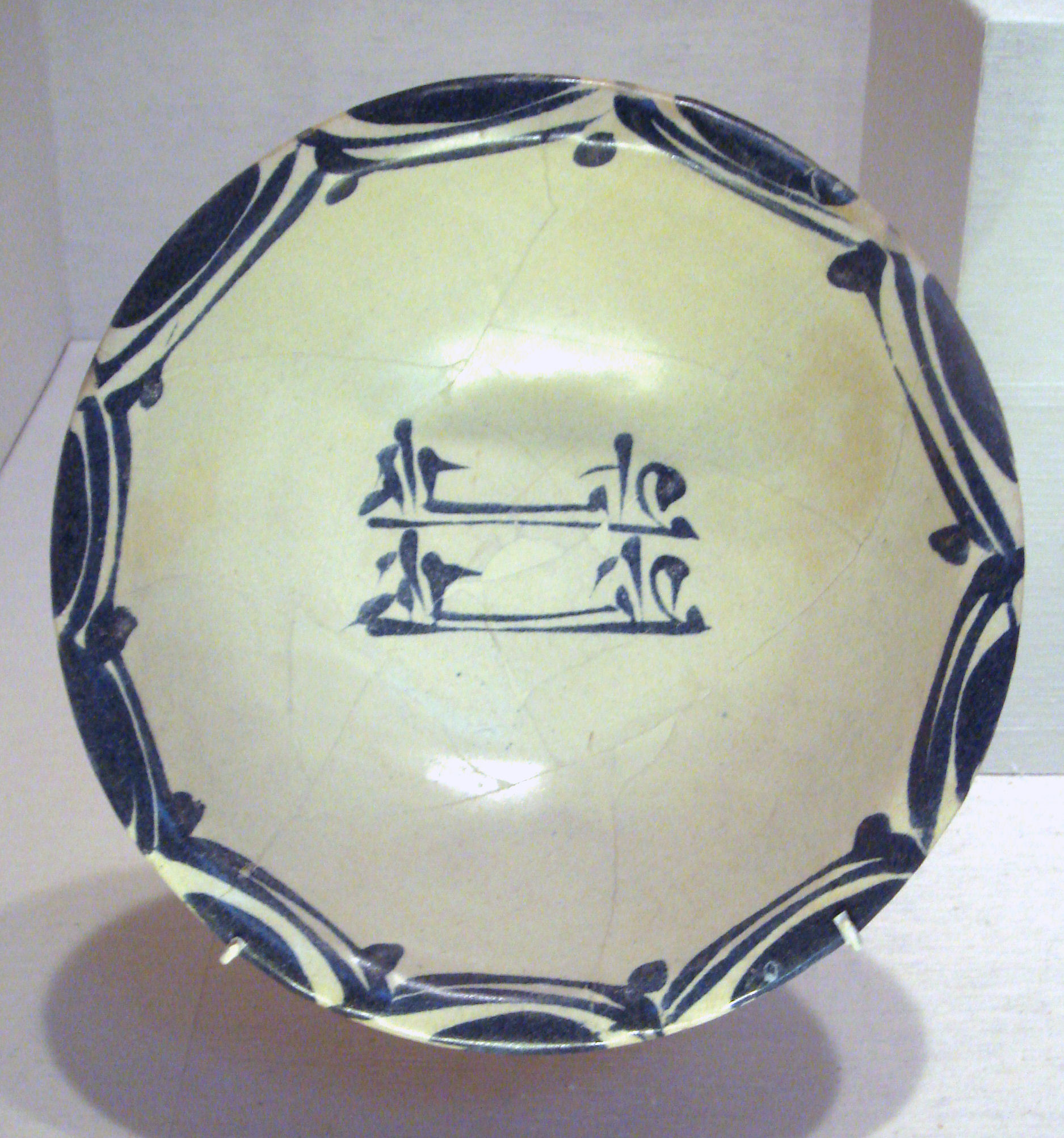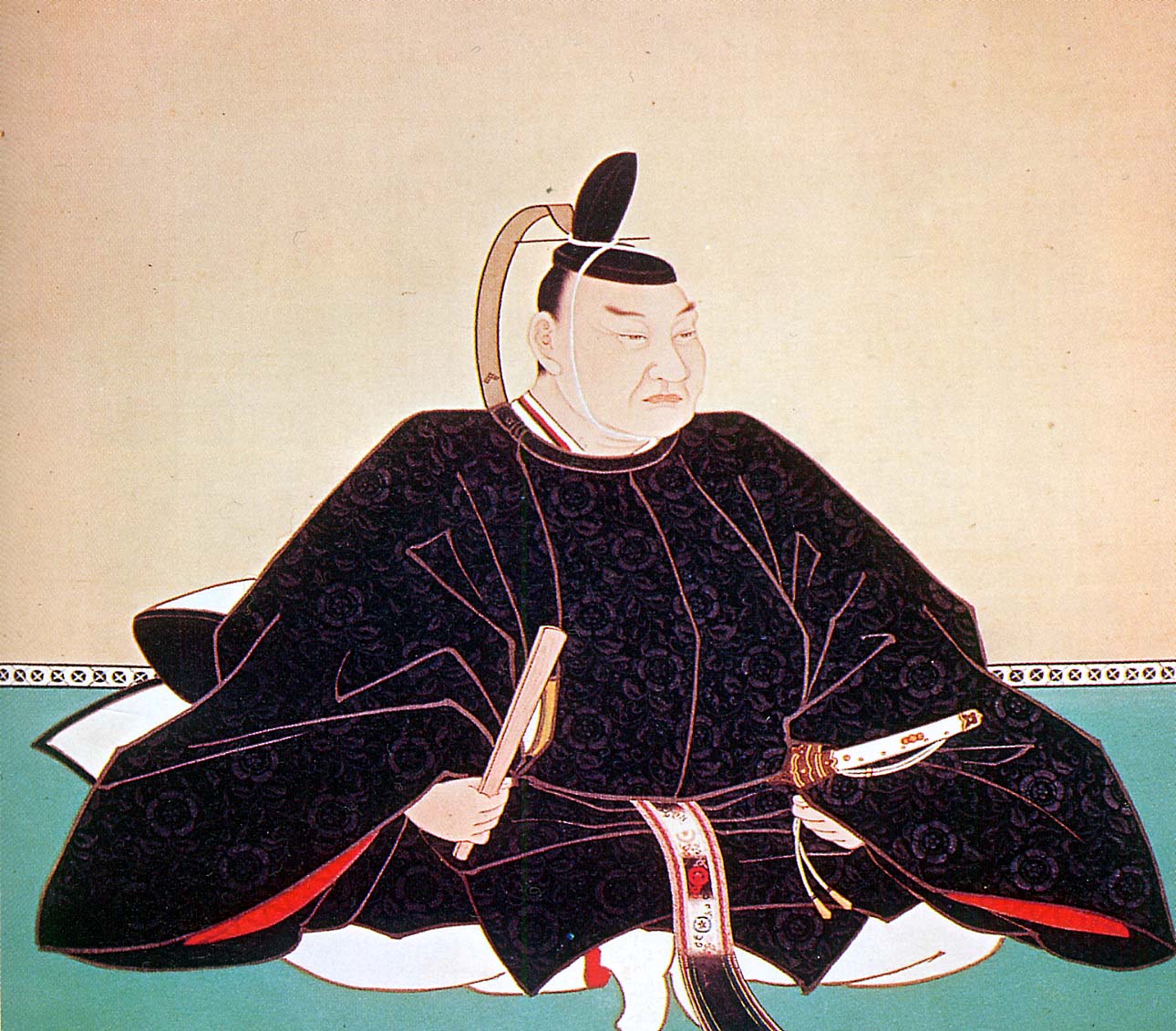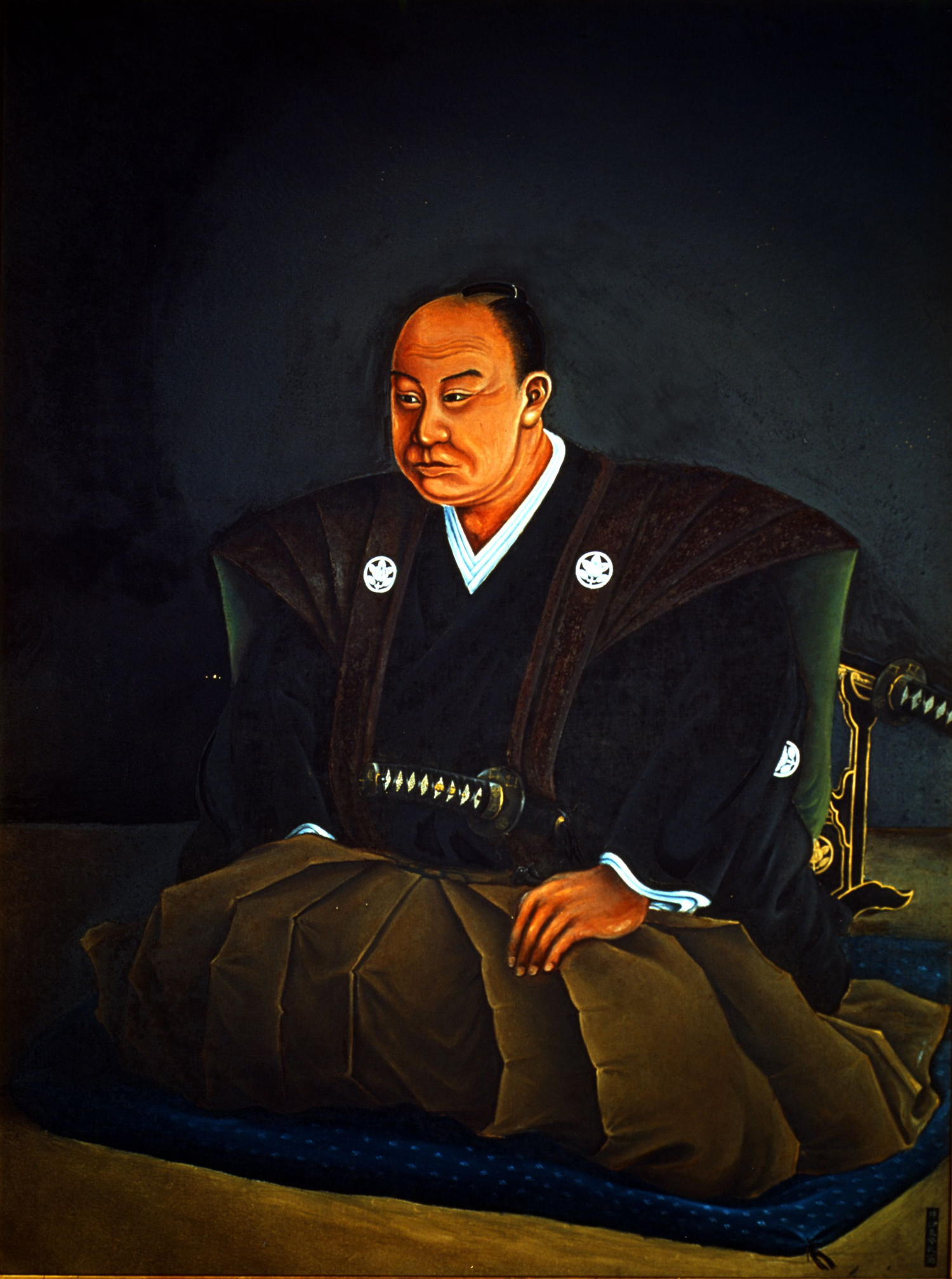|
Kotō Ware
is a type of Japanese porcelain traditionally made in Hikone, Shiga in the former Ōmi Province. History Hikone lies on the eastern shore of Lake Biwa. Production is centered around Hikone Castle. The Ii lords of Hikone Domain became the patrons and continued this tradition until the Meiji restoration in the years Tenpō 13 ~ Bunkyū 2 (1842 ~ 1862). The 15th lord, Ii Naosuke, was an enthusiastic and accomplished practitioner of the Japanese tea ceremony in the '' Sekishūryū'' style. His writings include at least two works on the tea ceremony. He invited potters and painters from all over Japan to come and further develop Kotō ware. Painters such as Kosai and Meiho improved the art form. Lord Ii Naosuke was assassinated during the Sakuradamon Incident (1860), the downfall of the family began, and the patronage of the production of kotō ware was gradually lost, ceasing in 1895. The kiln () has been inscribed by the government into the List of Historic Sites of Japa ... [...More Info...] [...Related Items...] OR: [Wikipedia] [Google] [Baidu] |
Aichi Prefectural Ceramic Museum (58)
The is a prefectural art museum located in the city of Seto, north of the metropolis of Nagoya in central Japan. This museum was formally named "Aichi-ken Toji Shiryokan (愛知県陶磁資料館)", but the name in English has been the same as before. Overview The museum was established in 1978 to showcase the history of Japanese pottery found in the area of Owari Province, today part of Aichi Prefecture. The main building and the southern annex were designed by renowned architect Taniguchi Yoshirō. The collection of over 7000 items ranges from the Jōmon period (circa 10,000 BC - circa 300 BC) to contemporary ceramics produced by some of Japan's most famous potters, detailing Japan's rich ceramic art history. Some of the works in the collection are designated as Important Cultural Properties of Japan. The museum is located in the city of Seto, Aichi, which is renowned for producing Seto ware ceramics since over 1,000 years. Located in the museum is a library, restau ... [...More Info...] [...Related Items...] OR: [Wikipedia] [Google] [Baidu] |
Japanese Tea Ceremony
The Japanese tea ceremony (known as or ) is a Japanese cultural activity involving the ceremonial preparation and presentation of , powdered green tea, the procedure of which is called . While in the West it is known as "tea ceremony", it is seldom ceremonial in practice. Most often tea is served to family, friends, and associates; religious and ceremonial connotations are overstated in western spaces. While in the West it is known as a form of tea ceremony, in Japan the art and philosophy of tea can be more accurately described as "Teaism" as opposed to focusing on the ceremonial aspect. Zen Buddhism was a primary influence in the development of the culture of Japanese tea. Much less commonly, Japanese tea practice uses leaf tea, primarily , a practice known as . Tea gatherings are classified as either an informal tea gathering () or a formal tea gathering (). A is a relatively simple course of hospitality that includes confections, thin tea, and perhaps a light meal. A is a ... [...More Info...] [...Related Items...] OR: [Wikipedia] [Google] [Baidu] |
Nonomura Ninsei
Nonomura (written: 野々村) is a Japanese surname. Notable people with the surname include: *George Nonomura George Nonomura (born February 5, 1958) is an American fencer. He competed in the team foil event at the 1988 Summer Olympics The 1988 Summer Olympics (), officially known as the Games of the XXIV Olympiad () and commonly known as Seoul ... (born 1958), American fencer *, Japanese artistic gymnast * (born 1972), Japanese footballer Fictional characters: *, character in the visual novel series ''Triangle Heart'' *, character in the video game series ''Bloody Roar'' {{surname Japanese-language surnames ... [...More Info...] [...Related Items...] OR: [Wikipedia] [Google] [Baidu] |
Oribe Ware
Oribe ware (also known as 織部焼 Oribe-yaki) is a style of Japanese pottery that first appeared in the sixteenth century. It is a type of Japanese stoneware recognized by its freely-applied glaze as well as its dramatic visual departure from the more somber, monochrome shapes and vessels common in Raku ware of the time. The ceramics were often asymmetrical, embracing the eccentricity of randomized shapes. Deformed shapes were not at all uncommon. These shapes were achieved through the implementation of moulding as a technique, as opposed to working on a potter’s wheel. Sometimes, bowls were so deformed that they became difficult to use – whisking tea could even become a difficult task. History Origins Throughout the late Momoyama (1573–1615) and early Edo periods (1615–1868) in Japan, the art of the Japanese tea ceremony underwent new developments. Great tea masters such as Takeno Jōō (1502-1555), Sen no Rikyū (1522-1591), and Furuta Oribe (1544–1615) revolutioniz ... [...More Info...] [...Related Items...] OR: [Wikipedia] [Google] [Baidu] |
Ko-Kutani Ware
is a style of Japanese porcelain traditionally supposed to be from Kutani, now a part of Kaga, Ishikawa, in the former Kaga Province. It is divided into two phases: ''Ko-Kutani'' (old Kutani), from the 17th and early 18th centuries, and ''Saikō-Kutani'' from the revived production in the 19th century. The more prestigious ''Ko-Kutani'' wares are recognised by scholars to be a complex and much mis-represented group, very often not from Kutani at all. Kutani ware, especially in the ''Ko-Kutani'' period, is marked by vivid dark colors that epitomize lavish aesthetics. It is theorized that the long, harsh and grey winters of the Hokuriku region led to a desire among people living there for ceramic ware to show strong and bold colours. The classical five colours style is known as ''gosai-de'' (五彩手) which includes green, blue, yellow, purple, and red. The designs are bold and normally depict landscapes, the beauty of nature, and people, and cover most of the surface of each ... [...More Info...] [...Related Items...] OR: [Wikipedia] [Google] [Baidu] |
Celadon
''Celadon'' () is a term for pottery denoting both wares glazed in the jade green celadon color, also known as greenware or "green ware" (the term specialists now tend to use), and a type of transparent glaze, often with small cracks, that was first used on greenware, but later used on other porcelains. Celadon originated in China, though the term is purely European, and notable kilns such as the Longquan kiln in Zhejiang province are renowned for their celadon glazes. Celadon production later spread to other parts of East Asia, such as Japan and Korea as well as Southeast Asian countries such as Thailand. Eventually, European potteries produced some pieces, but it was never a major element there. Finer pieces are in porcelain, but both the color and the glaze can be produced in stoneware and earthenware. Most of the earlier Longquan celadon is on the border of stoneware and porcelain, meeting the Chinese but not the European definitions of porcelain. For many centuries, celad ... [...More Info...] [...Related Items...] OR: [Wikipedia] [Google] [Baidu] |
Blue And White Pottery
"Blue and white pottery" () covers a wide range of white pottery and porcelain decorated under the glaze with a blue pigment, generally cobalt oxide. The decoration is commonly applied by hand, originally by brush painting, but nowadays by stencilling or by transfer-printing, though other methods of application have also been used. The cobalt pigment is one of the very few that can withstand the highest firing temperatures that are required, in particular for porcelain, which partly accounts for its long-lasting popularity. Historically, many other colours required overglaze decoration and then a second firing at a lower temperature to fix that. The origin of the blue glazes thought to lie in Iraq, when craftsmen in Basra sought to imitate imported white Chinese stoneware with their own tin-glazed, white pottery and added decorative motifs in blue glazes. Such Abbasid-era pieces have been found in present-day Iraq dating to the 9th century A.D., decades after the opening of a ... [...More Info...] [...Related Items...] OR: [Wikipedia] [Google] [Baidu] |
List Of Historic Sites Of Japan (Shiga)
This list is of the Historic Sites of Japan located within the Prefecture of Shiga. National Historic Sites As of 1 January 2021, fifty Sites have been designated as being of national significance (including two *Special Historic Sites); Genbao Castle Site spans the prefectural borders with Fukui. Prefectural Historic Sites As of 1 May 2020, forty-four Sites have been designated as being of prefectural importance. Municipal Historic Sites As of 1 May 2020, a further eighty-seven Sites have been designated as being of municipal importance. See also * Cultural Properties of Japan * Ōmi Province * List of Places of Scenic Beauty of Japan (Shiga) This list is of the Places of Scenic Beauty of Japan located within the Prefecture of Shiga. National Places of Scenic Beauty As of 1 July 2021, twenty-two Places have been designated at a national level. Prefectural Places of Scenic Bea ... * List of Cultural P ... [...More Info...] [...Related Items...] OR: [Wikipedia] [Google] [Baidu] |
Sakuradamon Incident (1860)
The was the assassination of Ii Naosuke, Chief Minister (Tairō) of the Tokugawa Shogunate, on March 24, 1860 by ''rōnin'' ''samurai'' of the Mito Domain and Satsuma Domain, outside the Sakurada Gate of Edo Castle. Context Ii Naosuke, a leading figure of the Bakumatsu period and a proponent of the reopening of Japan after more than 200 years of seclusion, was widely criticized for signing the 1858 Treaty of Amity and Commerce with the United States Consul Townsend Harris and, soon afterwards, similar treaties with other Western countries. From 1859, the ports of Nagasaki, Hakodate and Yokohama became open to foreign traders as a consequence of the Treaties. Ii was also criticized for reinforcing the authority of the Tokugawa shogunate against regional ''daimyōs'' through the Ansei Purge. He also made strong enemies in the dispute for the succession of Shōgun Tokugawa Iesada, and because he forced retirement on his opponents, specifically the retainers of Mito, Hizen, Ow ... [...More Info...] [...Related Items...] OR: [Wikipedia] [Google] [Baidu] |
Ii Naosuke
was ''daimyō'' of Hikone (1850–1860) and also Tairō of the Tokugawa shogunate, Japan, a position he held from April 23, 1858, until his death, assassinated in the Sakuradamon Incident on March 24, 1860. He is most famous for signing the Harris Treaty with the United States, granting access to ports for trade to American merchants and seamen and extraterritoriality to American citizens. He was also an enthusiastic and accomplished practitioner of the Japanese tea ceremony, in the Sekishūryū style, and his writings include at least two works on the tea ceremony. Under Ii Naosuke’s guidance, the Tokugawa shogunate navigated past a particularly difficult conflict over the succession to the ailing and childless Tokugawa Iesada. Ii Naosuke managed to coerce the Tokugawa shogunate to the last brief resurgence of its power and position in Japanese society before the start of the Meiji period. Ii was assassinated in the Sakuradamon incident by a group of 17 Mito and 1 Satsuma ... [...More Info...] [...Related Items...] OR: [Wikipedia] [Google] [Baidu] |
Japanese Porcelain
, is one of the oldest Japanese crafts and art forms, dating back to the Neolithic period. Kilns have produced earthenware, pottery, stoneware, glazed pottery, glazed stoneware, porcelain, and blue-and-white ware. Japan has an exceptionally long and successful history of ceramic production. Earthenwares were made as early as the Jōmon period (10,500–300BC), giving Japan one of the oldest ceramic traditions in the world. Japan is further distinguished by the unusual esteem that ceramics holds within its artistic tradition, owing to the enduring popularity of the tea ceremony. Japanese ceramic history records distinguished many potter names, and some were artist-potters, e.g. Hon'ami Kōetsu, Ogata Kenzan, and Aoki Mokubei.Henry Trubner 1972, p. 18. Japanese anagama kilns also have flourished through the ages, and their influence weighs with that of the potters. Another characteristically Japanese aspect of the art is the continuing popularity of unglazed high-fired ston ... [...More Info...] [...Related Items...] OR: [Wikipedia] [Google] [Baidu] |
.jpg)







